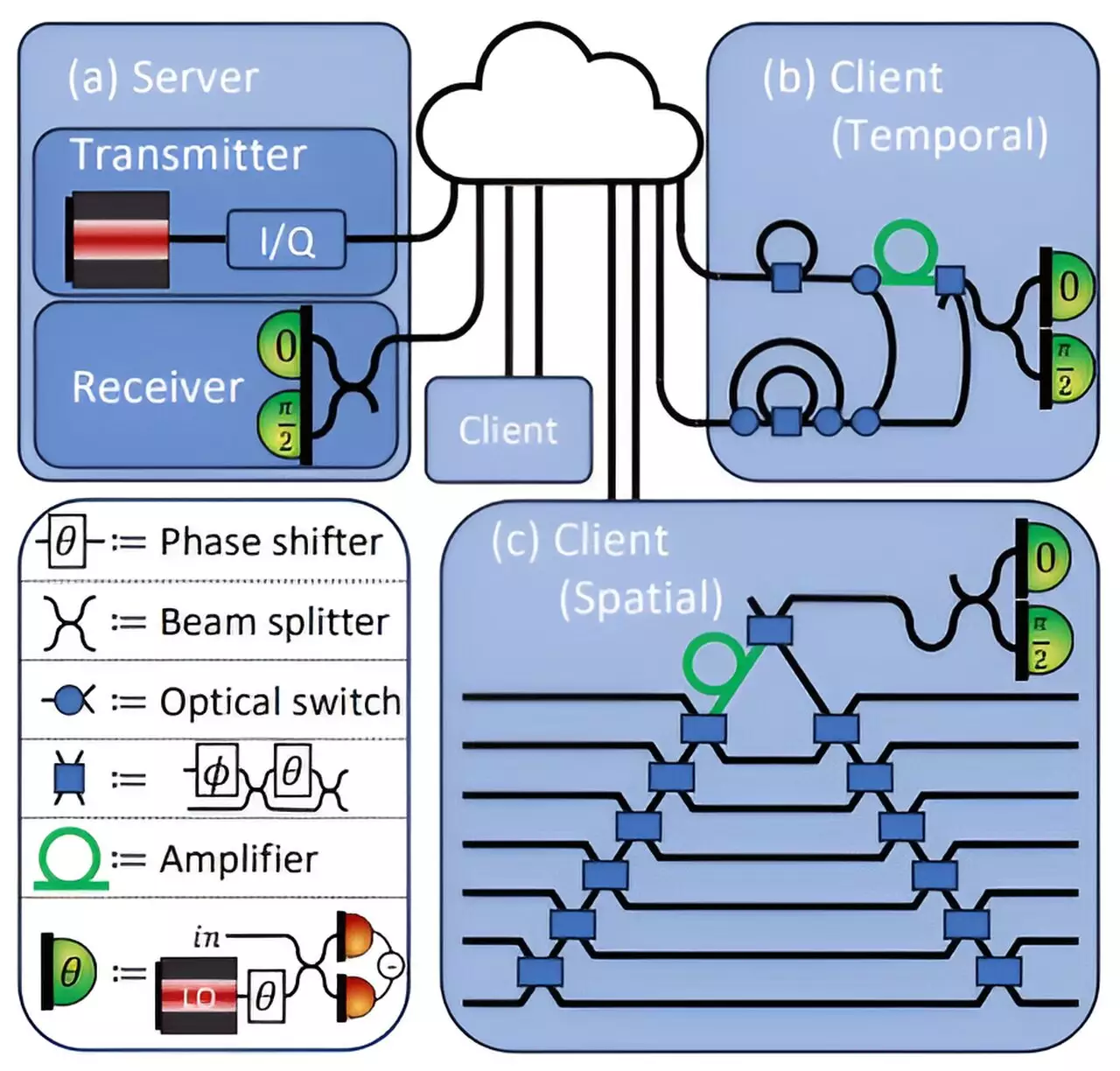Deep learning has transformed industries by enabling algorithms to learn from vast amounts of data, resulting in groundbreaking advancements in areas such as healthcare and finance. However, these models often demand extensive computational power that can only be efficiently provided through cloud-based infrastructures. This heavy reliance on the cloud raises significant concerns about data privacy and security, particularly in sensitive sectors like healthcare. A recent development from MIT researchers offers a promising solution by incorporating quantum mechanics to create a secure protocol for data transmission during deep learning tasks.
As deep learning systems increasingly integrate into various applications, the need for effective data protection has intensified. In healthcare, for instance, hospitals may hesitate to utilize artificial intelligence tools for analyzing confidential patient information due to fears of data breaches. The problem arises when sensitive data, such as medical images or personal health records, must be shared with a cloud server to generate predictive insights. The risk of unauthorized access to this data during transmission could compromise patient privacy and trust in digital health solutions.
MIT researchers recognized this critical issue and embarked on a mission to develop a security protocol that could mitigate these risks without sacrificing the effectiveness of deep learning algorithms. They focused on employing quantum properties of light to ensure that data sent between a client and a server can neither be copied nor intercepted by malicious actors.
The proposed security protocol operates on the principles of quantum mechanics, particularly leveraging the no-cloning theorem, which states that quantum information cannot be perfectly replicated. By encoding deep neural network weights into laser light transmitted through fiber optic systems, the researchers have devised a method that ensures secure communication between a client and a server.
When a client, such as a hospital, wishes to use a predictive deep learning model (e.g., to determine the likelihood of cancer in a patient based on medical images), they must transmit sensitive data to the server. However, this protocol guarantees that while the client obtains necessary outputs, they are unable to glean additional information from the model weights beyond what is essential for their computation. This is achieved through careful manipulation of quantum light, ensuring minimal leakage of proprietary model information during the process.
The effectiveness of this quantum security protocol lies in its dual assurance of data security and model accuracy. Rigorous testing demonstrated that the protocol could maintain an impressive 96% accuracy rate while facilitating secure transactions. Notably, the design ensures that even in the event of slight errors introduced through quantum measurements, the information gleaned would be far less than what an adversary would need to reconstruct private data.
Researchers, including lead author Kfir Sulimany, emphasized that this development allows healthcare providers and other organizations to harness the power of deep learning without compromising the integrity of their data. The implications of such a breakthrough are profound, as they present a feasible strategy to navigate the intersection of information technology and healthcare while upholding patient confidentiality and model integrity.
Looking ahead, the researchers envision applying this protocol to federated learning systems, where multiple entities can collaboratively train deep learning models without exposing their local datasets. This approach could revolutionize data security in collaborative environments, enabling the use of shared AI models without the corresponding risk of diluting individual privacy.
Moreover, the potential integration of this quantum security framework into future quantum computing applications could enhance not only the security of data but also the accuracy of machine learning outcomes. By tapping into the advantages offered by quantum operations, there is potential for even more secure and efficient processing methods that transcend classical digital limitations.
As the demand for robust data security solutions intensifies amidst the growing prevalence of cloud-based deep learning applications, MIT’s innovative use of quantum technology provides a promising avenue for safeguarding sensitive information. By merging disparate fields such as deep learning and quantum cryptography, researchers are paving the way for a future where powerful computational models can be utilized without compromising data privacy. As this research progresses, the exploration of quantum protocols heralds exciting possibilities for maintaining privacy in an increasingly interconnected world. The balance between harnessing technological advancements and ensuring user privacy will redefine the landscape of artificial intelligence in highly sensitive domains.

